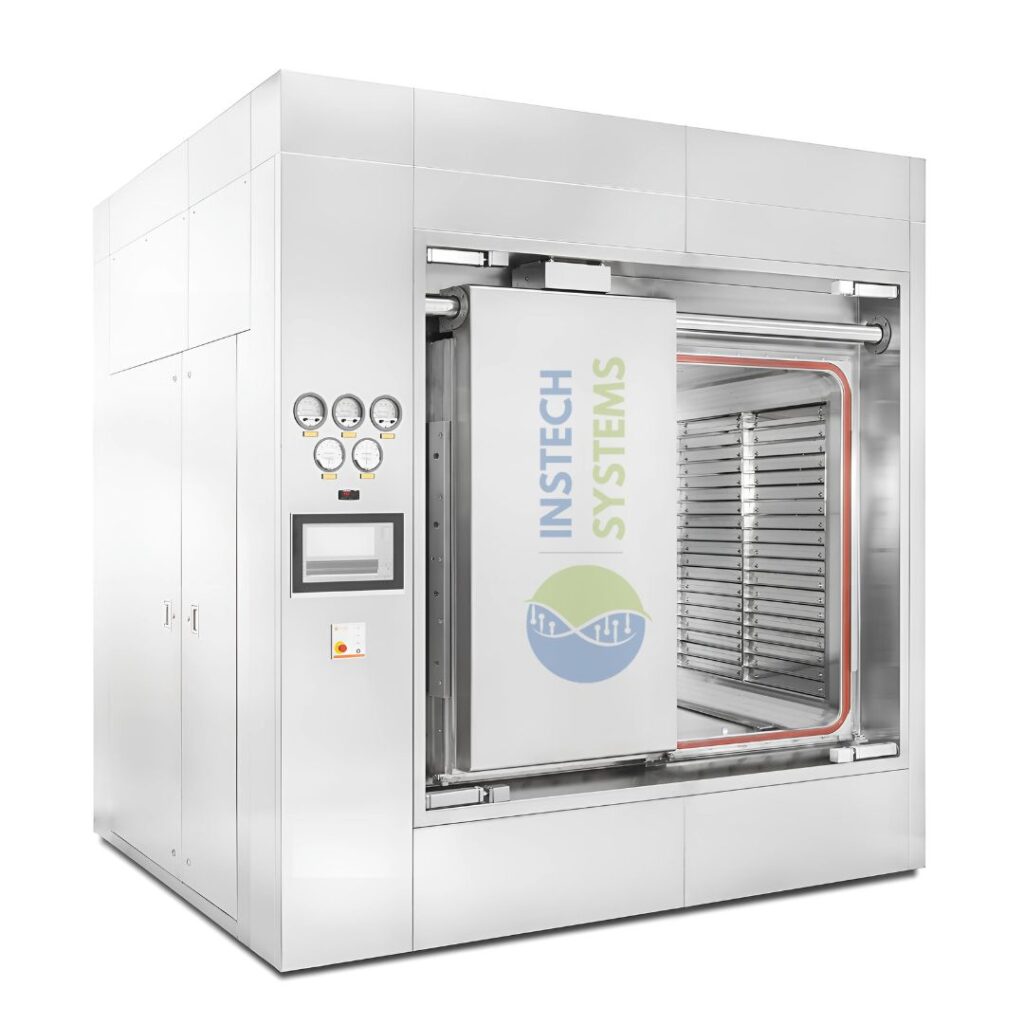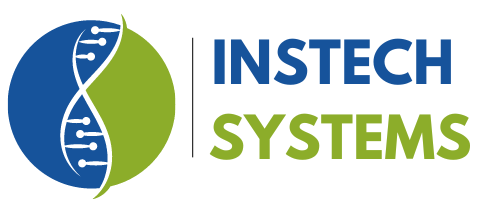Types Of Dry Heat Sterilization
Instech Pharma, Dry Heat Sterilization manufacturer. We provide best pharmaceutical insights and products. In this blog, we will explore the various types of dry heat sterilization, a critical process in ensuring the safety and efficacy of pharmaceutical products. A thermal processing option commonly used is dry heat sterilization. Dry heat sterilization uses hot air to raise the temperature of an item to above a validated temperature which eliminates, removes, kills or deactivates biological contaminants and other biological agents on the object. These biological contaminants may include fungi, bacteria, viruses, spore forms and prions.This process removes moisture content from coatings and other materials. According to the CDC, this method should only be used “for materials that might be damaged by moist heat or that are impenetrable to moist heat (e.g., powders, petroleum products, sharp instruments).

What is Dry Heat Sterilization?
Dry heat sterilization is a process that uses hot air to kill microorganisms. The process involves subjecting the item to high temperatures, typically between 160°C to 180°C, for a set period of time. Heating coils in the bottom or sides of the unit cause hot air to rise inside the chamber through natural convection. The forced-air type is also known as a rapid heat-transfer sterilizer.
It involves the application of high temperatures to materials to sterilize. The principal mechanism involved is thermal decomposition whereby the proteins and enzymes of the microorganisms get denatured and consequently killed by structural disintegration.
Why Choose Dry Heat Sterilization?
Dry heat sterilization offers several advantages:
- Ideal for moisture-sensitive materials.
- Non-corrosive, making it suitable for metal instruments.
- Effective at penetrating materials and ensuring complete sterilization.
Types of Dry Heat Sterilization
There are primarily two types of dry heat sterilization methods: static air sterilization and forced air sterilization. Both methods are effective, but they differ in the way the heat is applied to the items being sterilized.
1. Static Air Sterilization
In static air sterilization, hot air is circulated within a closed chamber, and the objects to be sterilized are placed inside the chamber. The air remains still, and the heat is transferred gradually to the items. Static air sterilizers, also known as ovens, hot air rises naturally without the aid of a fan.
This method is slower and typically used for smaller quantities or items that require gentle handling.
Applications:
- Sterilization of glassware, metal tools, and powders.
- Used in laboratories and pharmaceutical manufacturing.
Benefits:
- Ideal for items that cannot withstand rapid temperature changes.
- Simple setup, often used for smaller batches.
2. Forced Air Sterilization
Forced air sterilizers utilize a fan to circulate hot air throughout the chamber, leading to quicker heating and more uniform temperature distribution. In forced air sterilization, hot air is circulated at a higher velocity using a fan or blower. The circulation ensures more even heat distribution, reducing the sterilization time. This method is faster and more efficient than static air sterilization, making it suitable for larger quantities of items.
Applications:
- Sterilization of medical equipment, such as surgical instruments, that require quicker processing.
- Used in pharmaceutical production for larger volumes.
Benefits:
- Faster and more efficient than static air sterilization.
- Provides more uniform heat distribution, ensuring consistent sterilization.
Applications of Dry Heat Sterilization
- Glassware and Metal Instruments: Dry heat sterilization is commonly used for sterilizing glassware, metal instruments, and other heat-stable materials that may be damaged by moist heat sterilization methods like autoclaving. These containers must be free of bacteria, viruses, and other microorganisms to maintain the integrity of the pharmaceutical products they hold.
- Reusable Medical Devices: Surgical instruments such as scalpels, scissors, and forceps are often sterilized using dry heat to ensure they are free from harmful pathogens
- Ophthalmic Instruments: Instruments used in ophthalmic procedures often require dry heat sterilization due to the delicate nature of the instruments.
- Powders and Oils: Certain powders and oils, which may be sensitive to moisture, can be sterilized effectively using dry heat. Certain dry food ingredients, such as spices and seasonings, can be sterilized through dry heat to prevent microbial growth while preserving their flavor and quality.
Conclusion
Dry heat sterilization is a reliable and effective method for ensuring the sterility of materials and equipment, particularly those sensitive to moisture. By understanding its types and applications, industries can ensure compliance with stringent safety and quality standards.
At Instech Pharma, we are committed to providing valuable insights and solutions for the pharmaceutical industry. Stay tuned for more expert guidance and resources.
